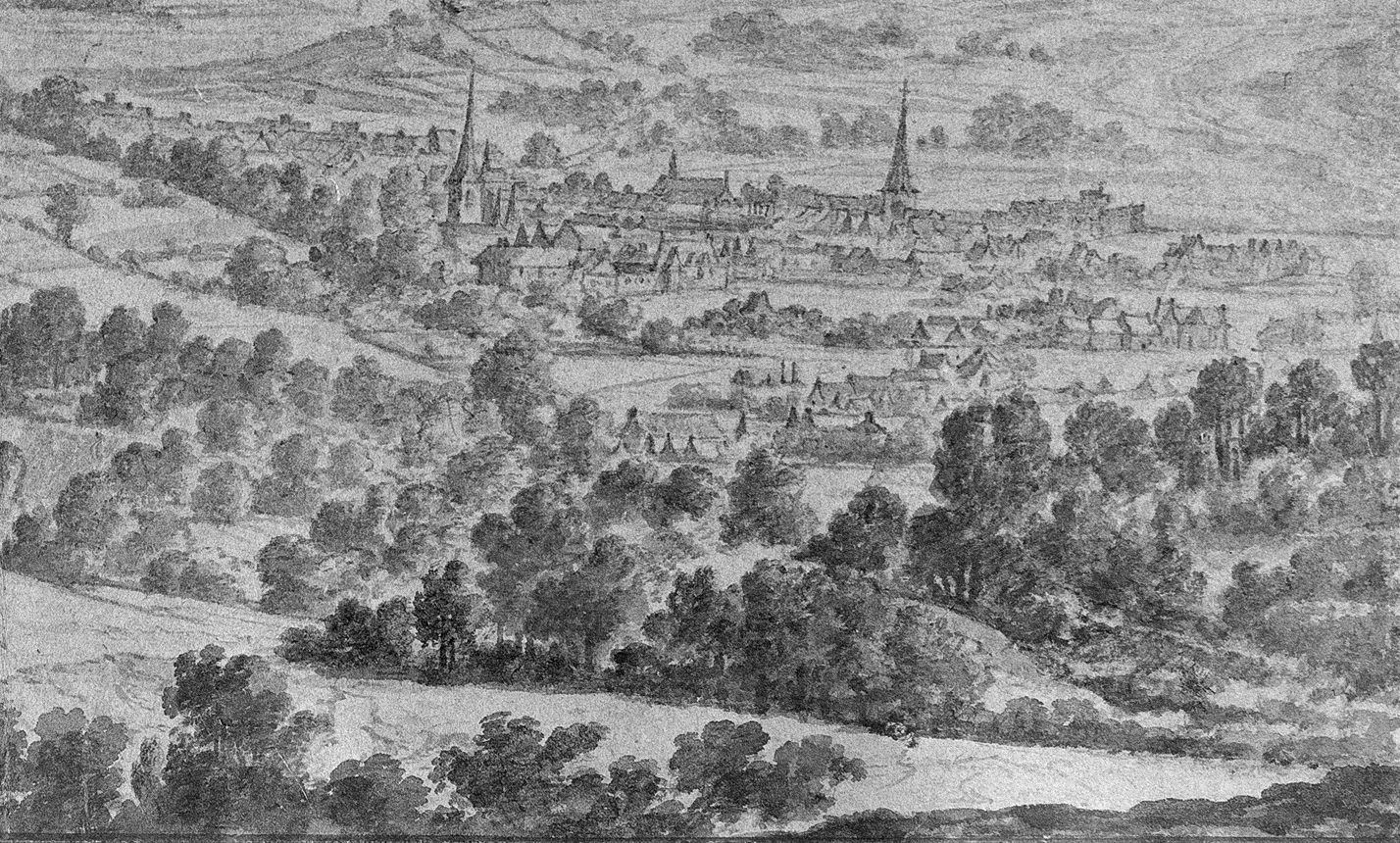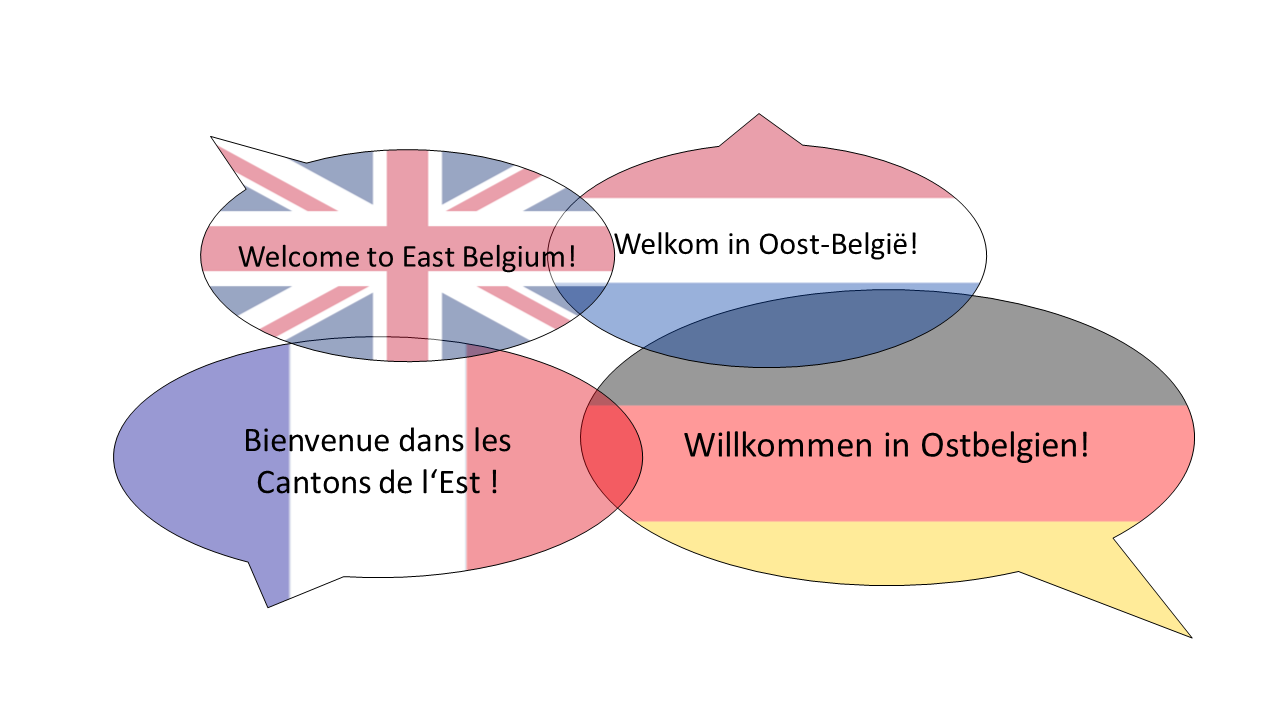What influences the language of these people?
East Belgium is a border region where children are taught German. However, as early as kindergarten, immersion introduces children to French, which is increasingly studied from primary school onwards. Most young people still learn English during their school career, some also Dutch. Public life is largely conducted in German. In the Belgian Eifel, French is used only sporadically, depending on the locality, but more frequently in Eupen.
In addition to these standard languages, dialects are still present: in East Belgium, three dialect areas may be identified. Dialect in East Belgium is usually called ‘Platt’, or just ‘Dialekt’.
In each town and village in East Belgium, there also exists a regiolect, in addition to the dialect and standard German. This is a colloquial language that sounds different depending on the region, and it is subject to frequent changes. Phrases such as ‘Dat is eben so’ (= Das ist eben so, it is the way it is) or ‘Du kriss dat auch noch kaputt’ (= Du kriegst das auch noch kaput, you’re going to break that, too), ‘Ich holjen den Bus morjen’ (= Ich nehme den Bus morgen, I’ll catch the bus tomorrow) in the Eifel, or ‘Komm ens hier, Kind!’ (= Kind, komm her, child, come here), ‘Jib mich dat Buch!’ (= Gib mir das Buch, give me that book), or ‘Schlach dich dat aus’m Kopf!’ (= Schlag dir das aus dem Kopf, get that out of your head) in Eupen are examples of these regiolects.

